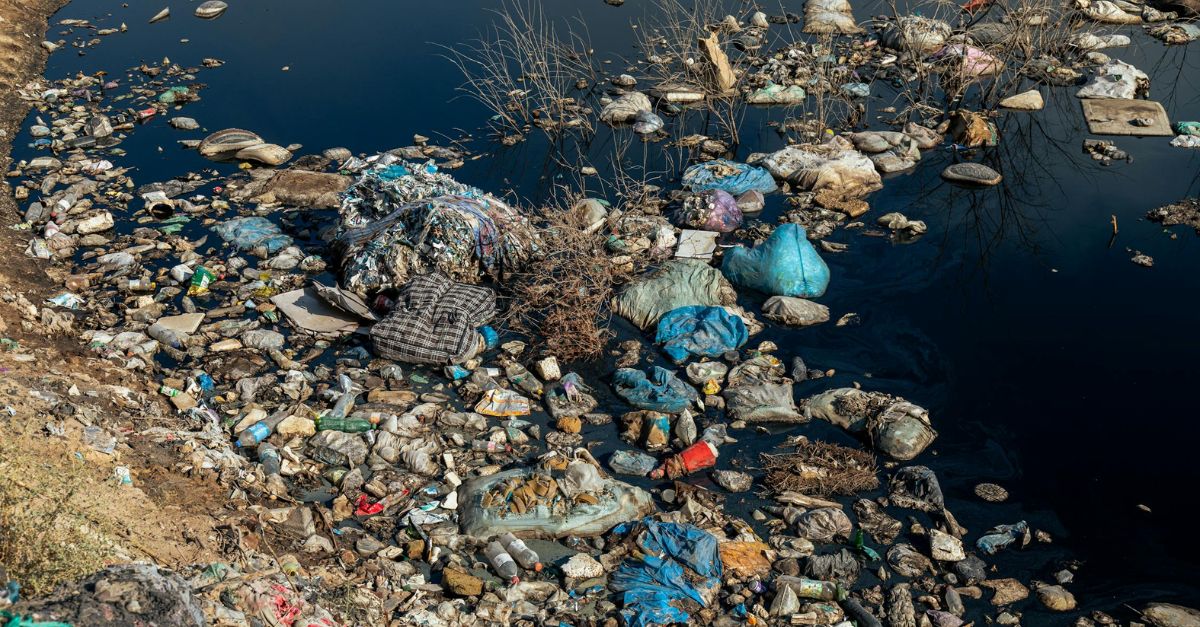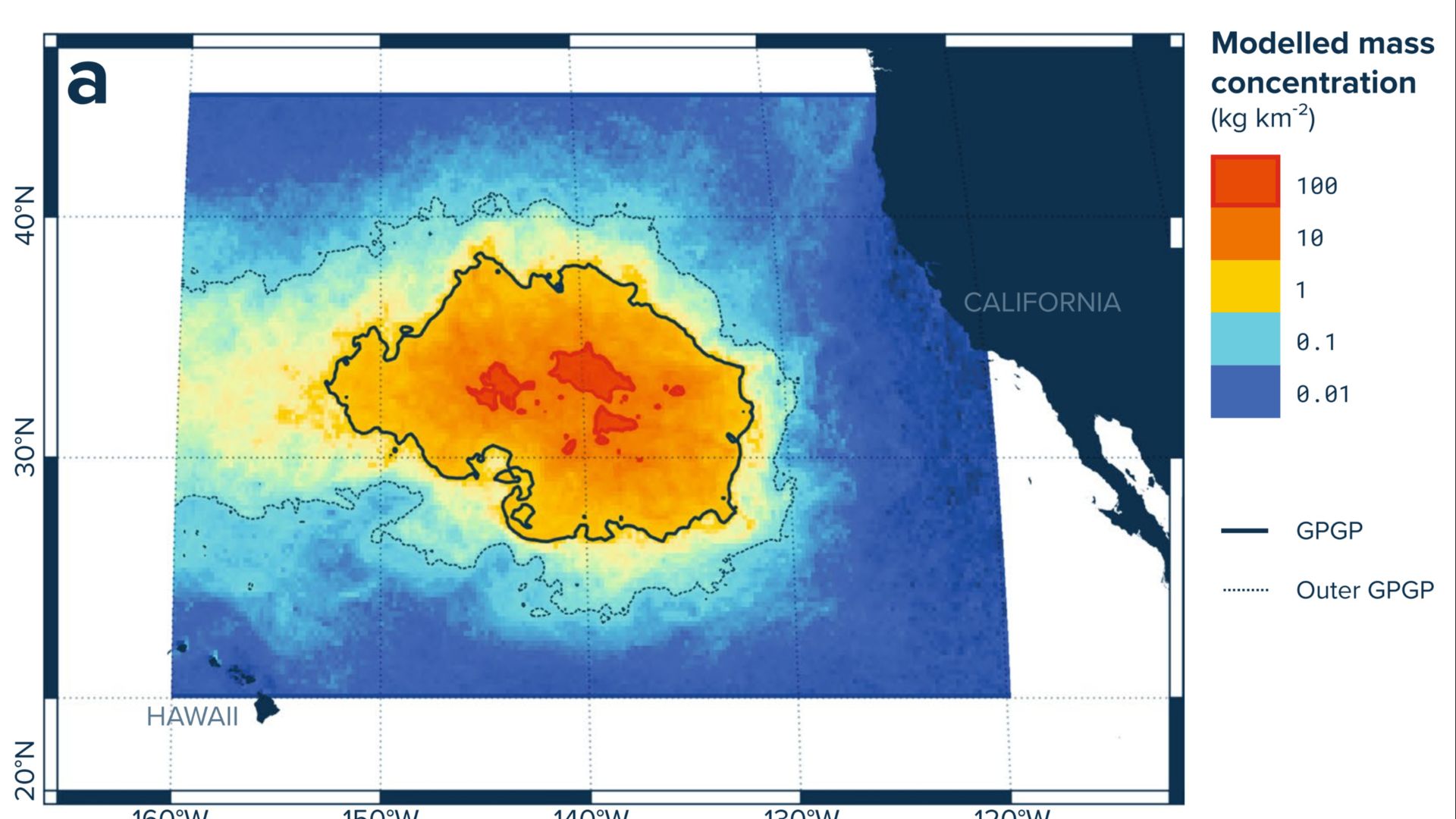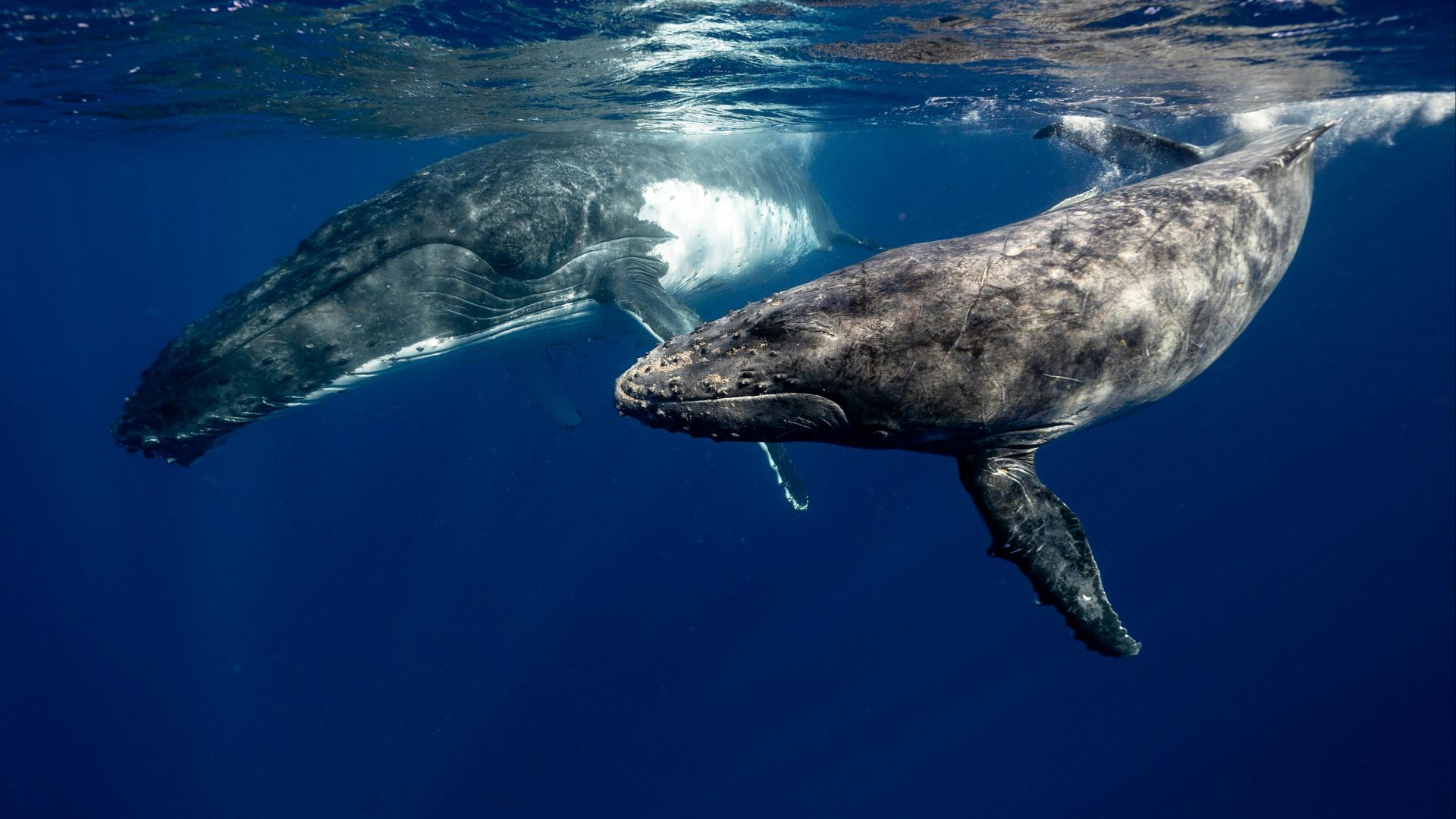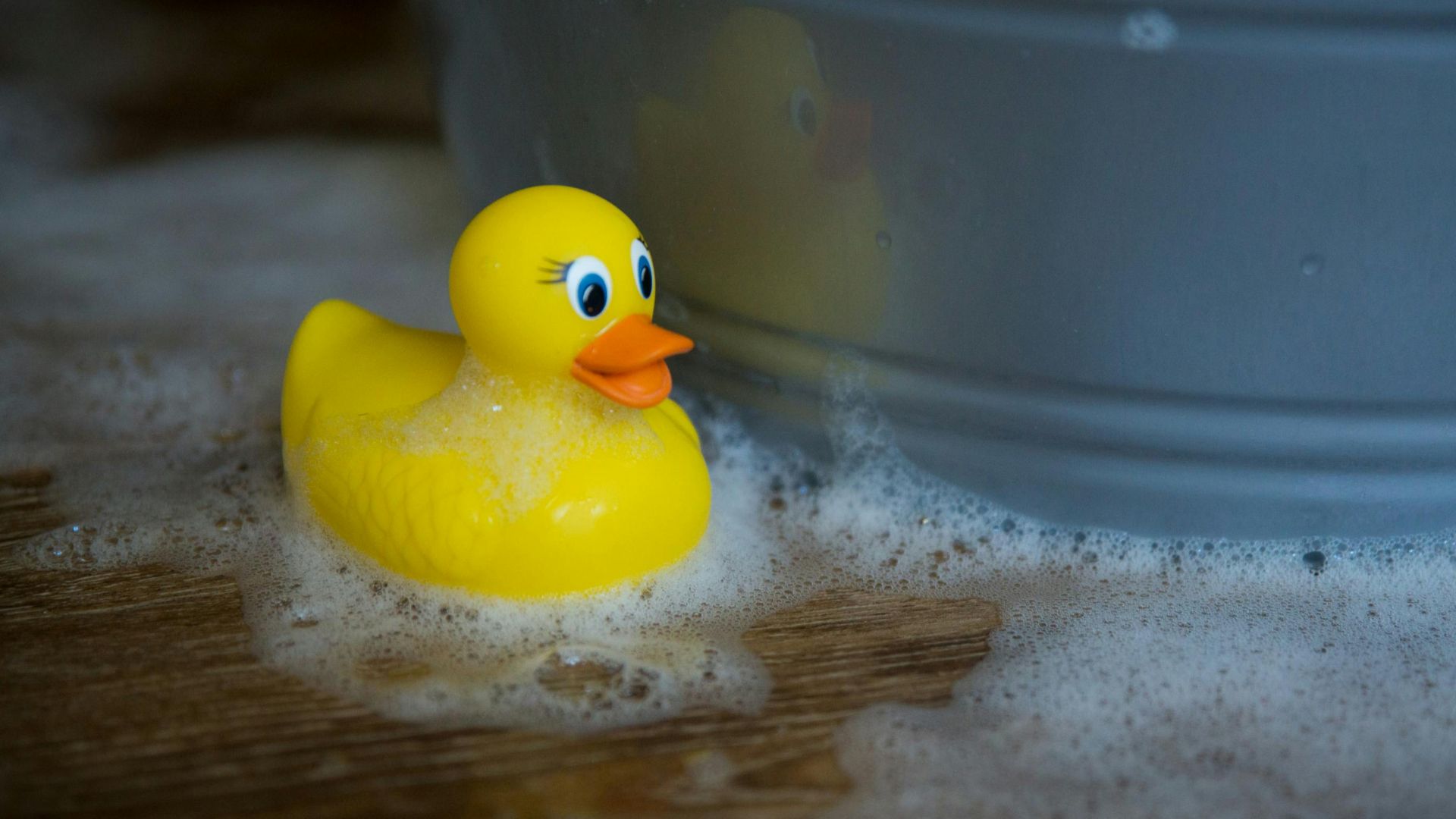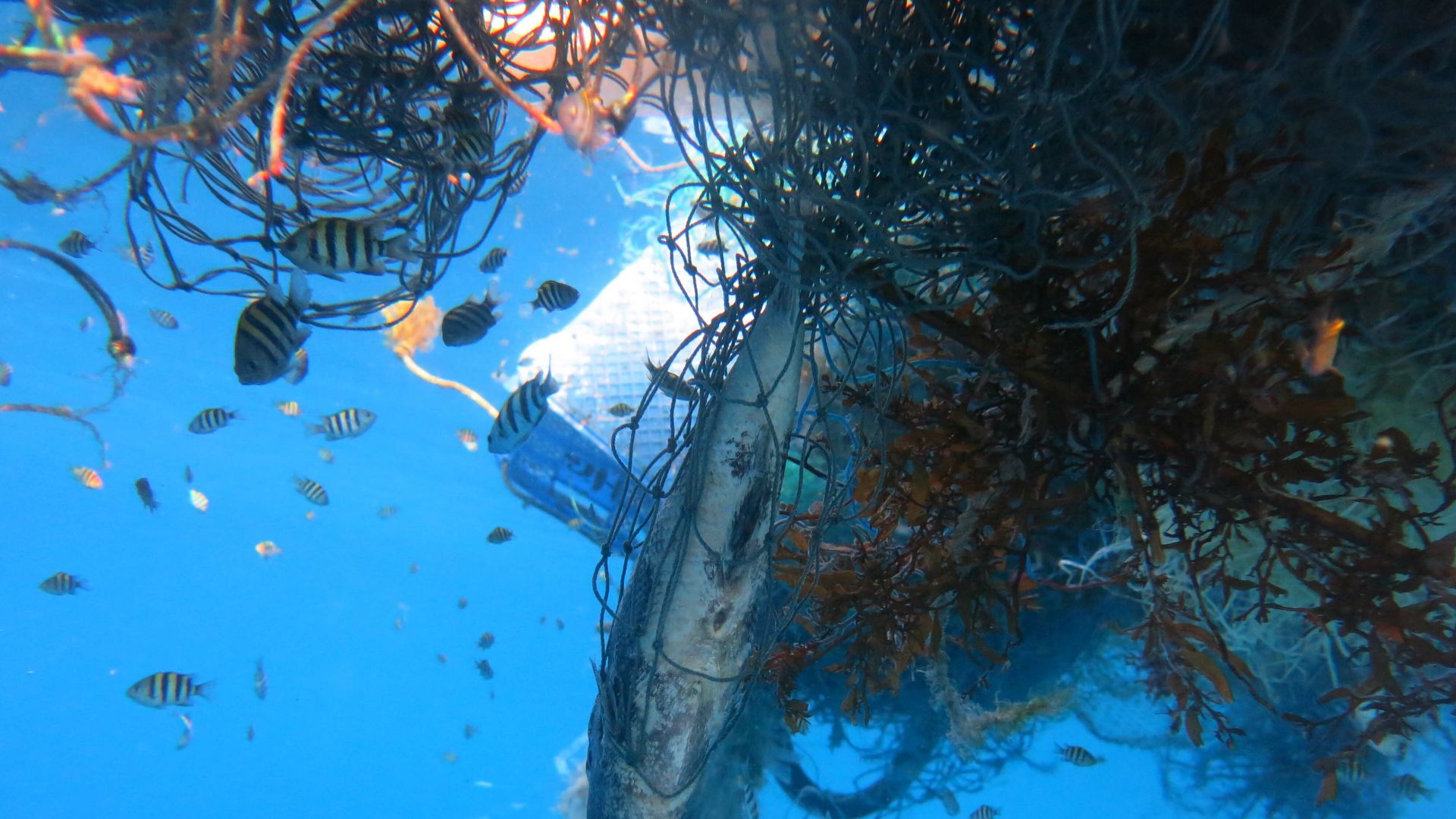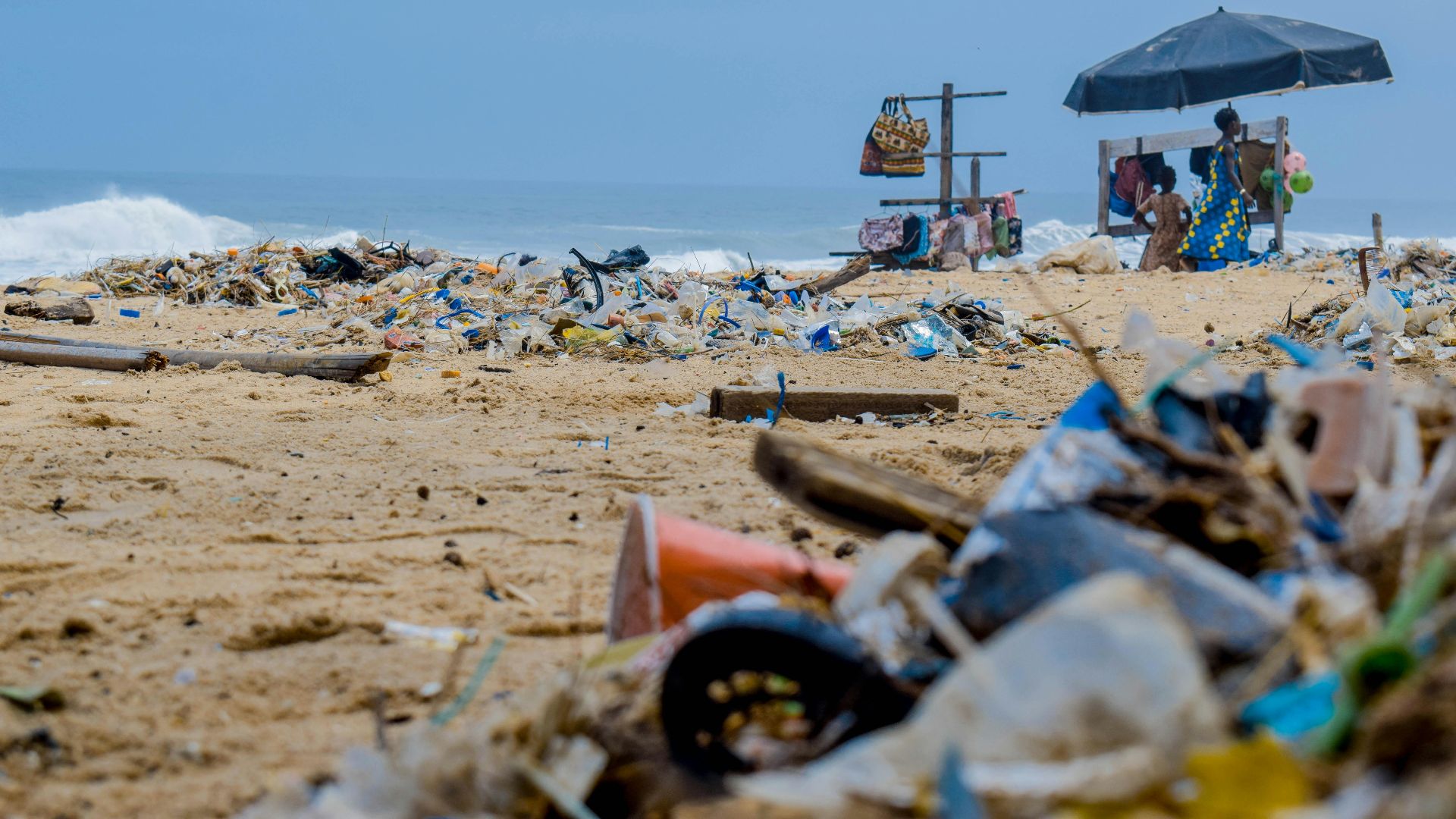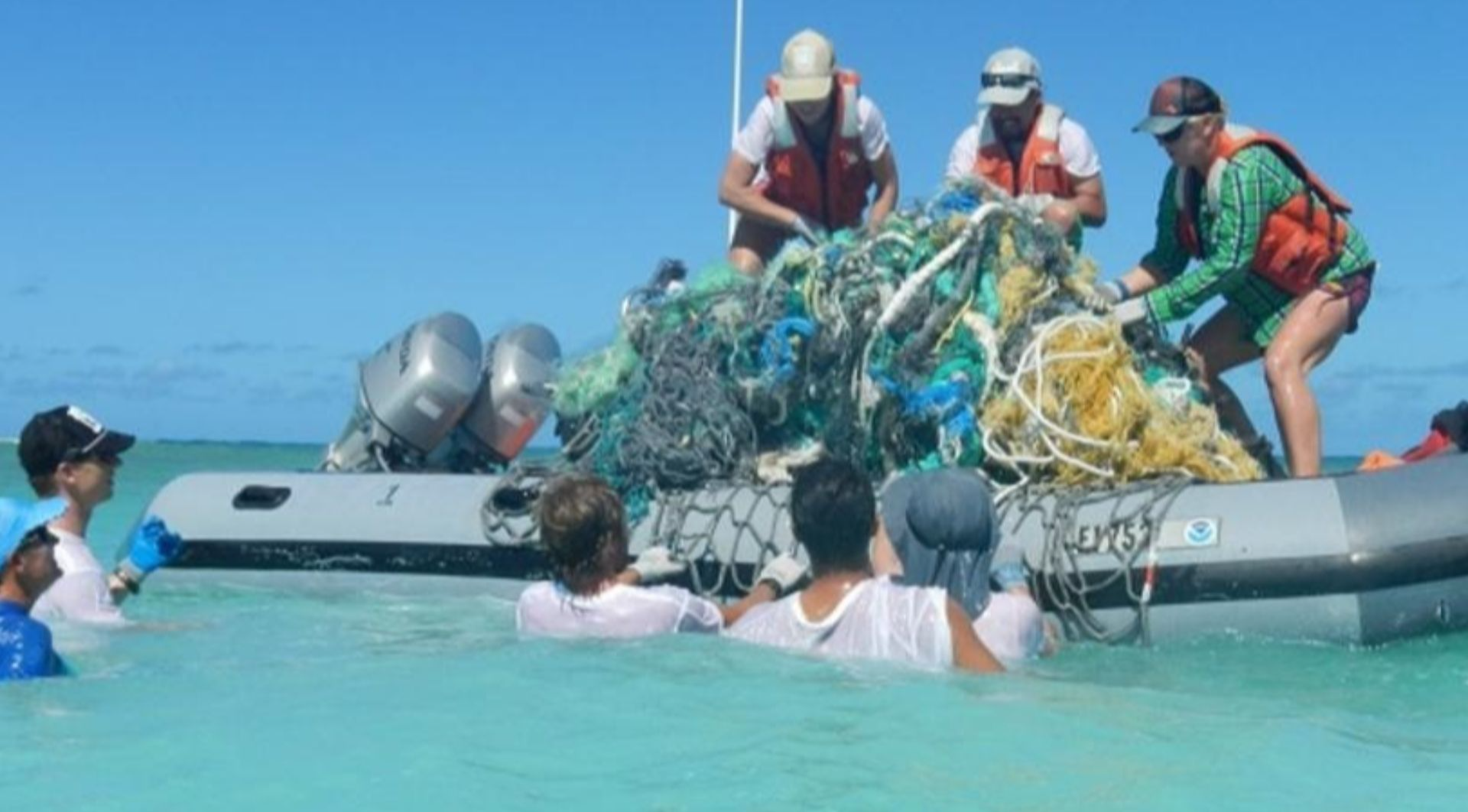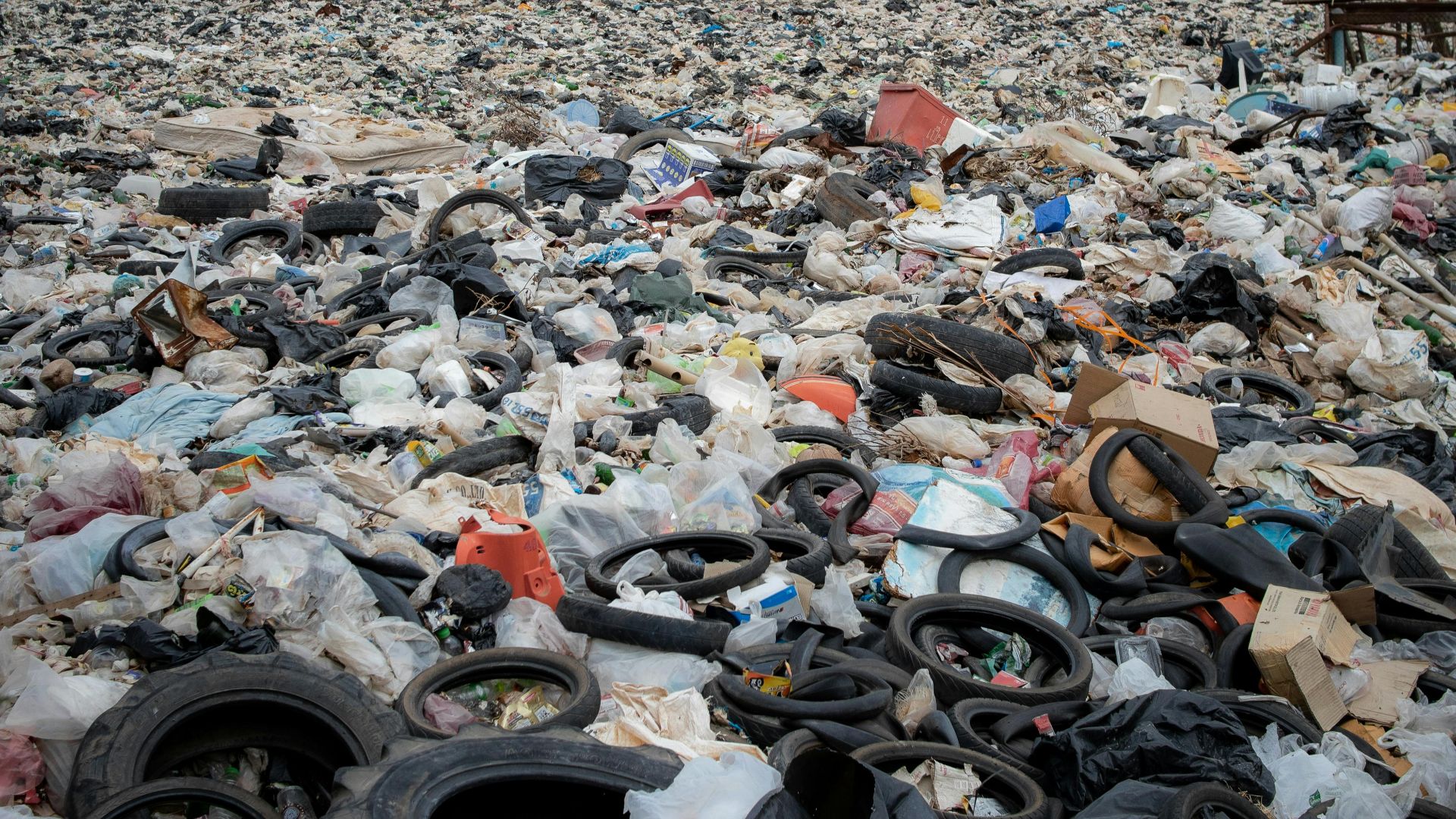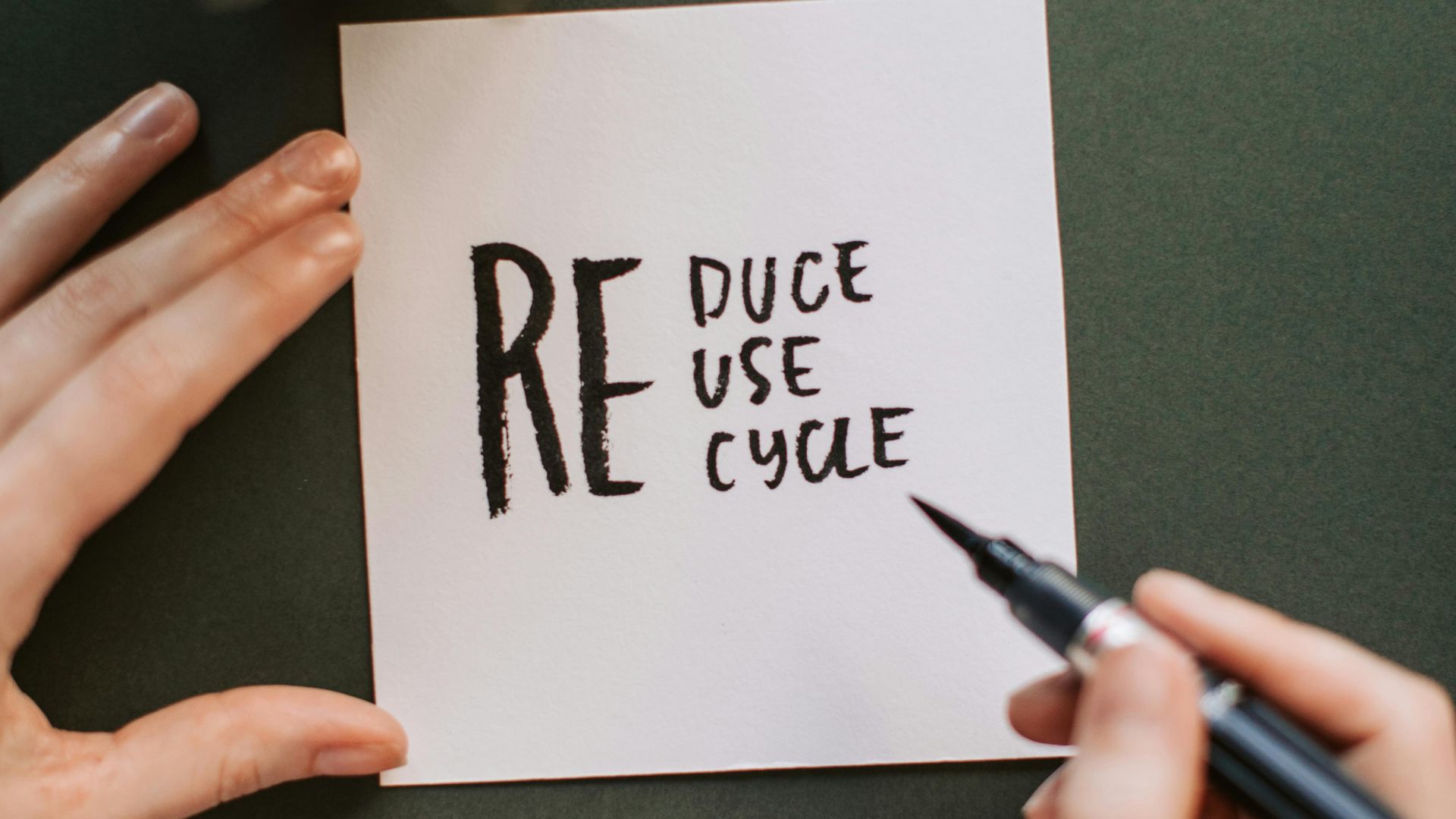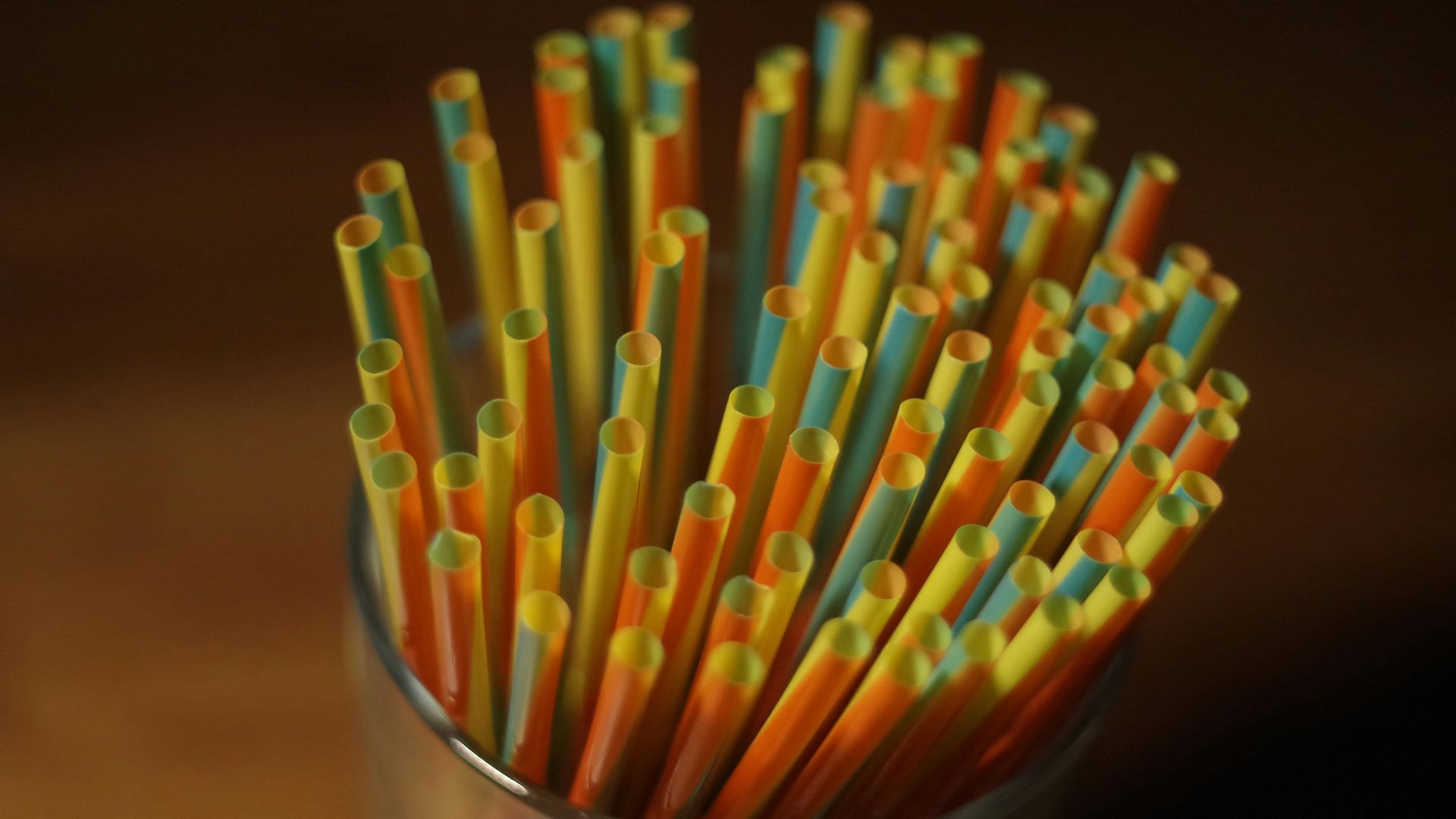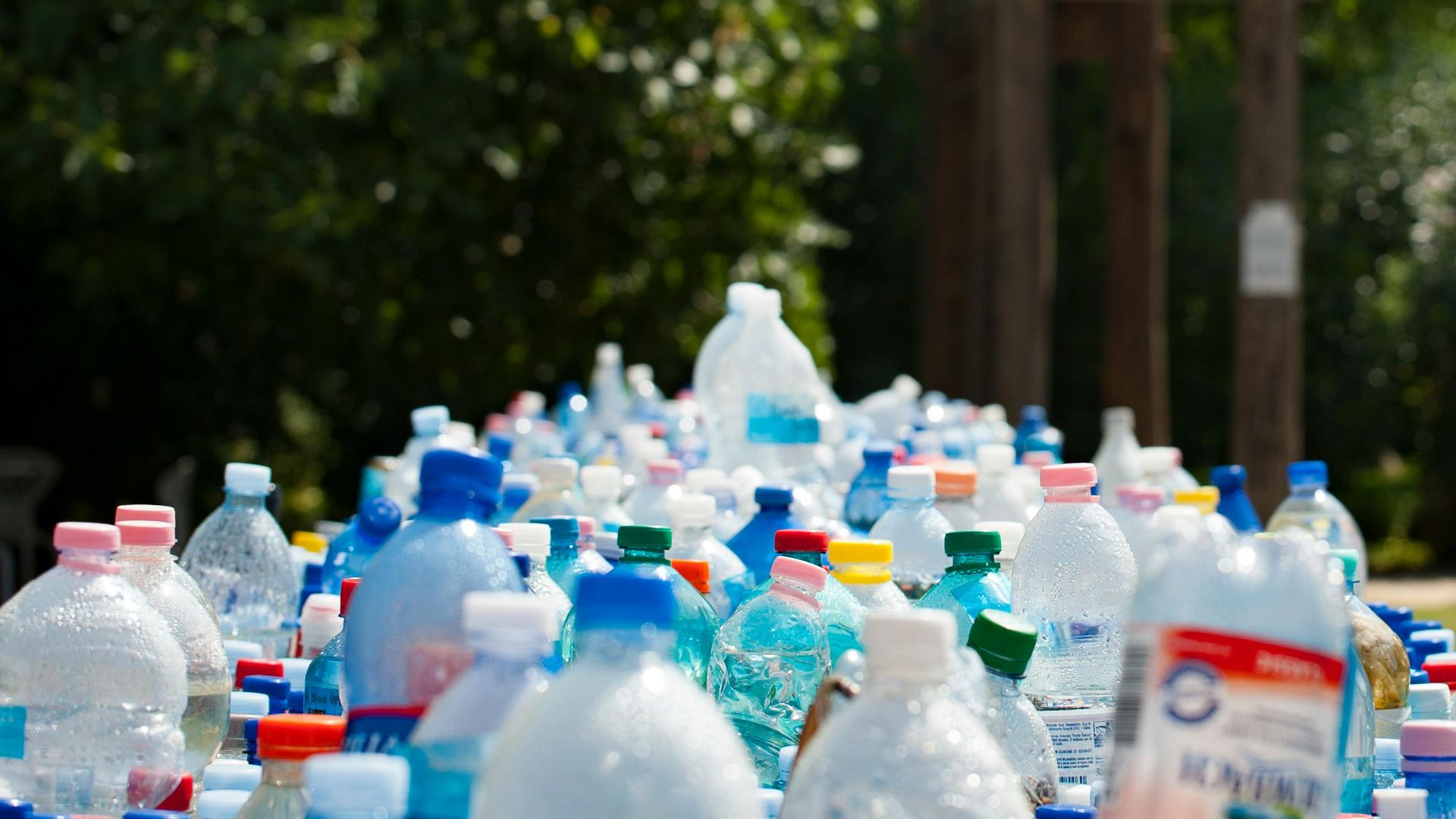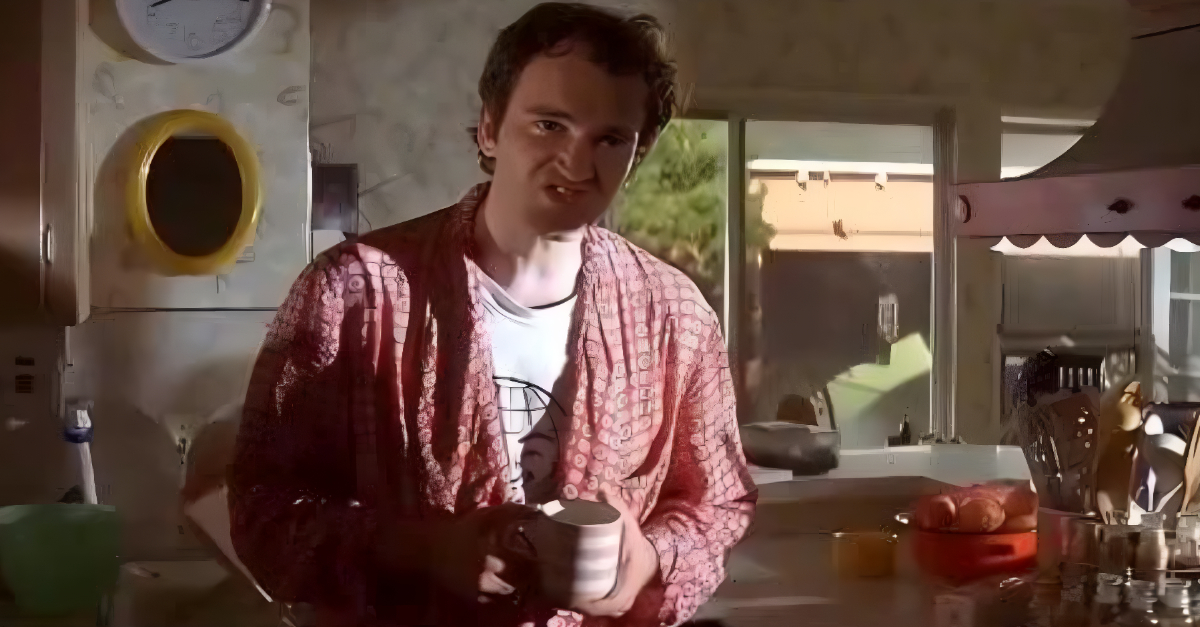A Growing Mess We Can’t Ignore
Once a shimmering expanse of open water, the Pacific now harbors an invisible menace: a massive, drifting plastic and waste zone. This is not science fiction; it's reality and unraveling fast.
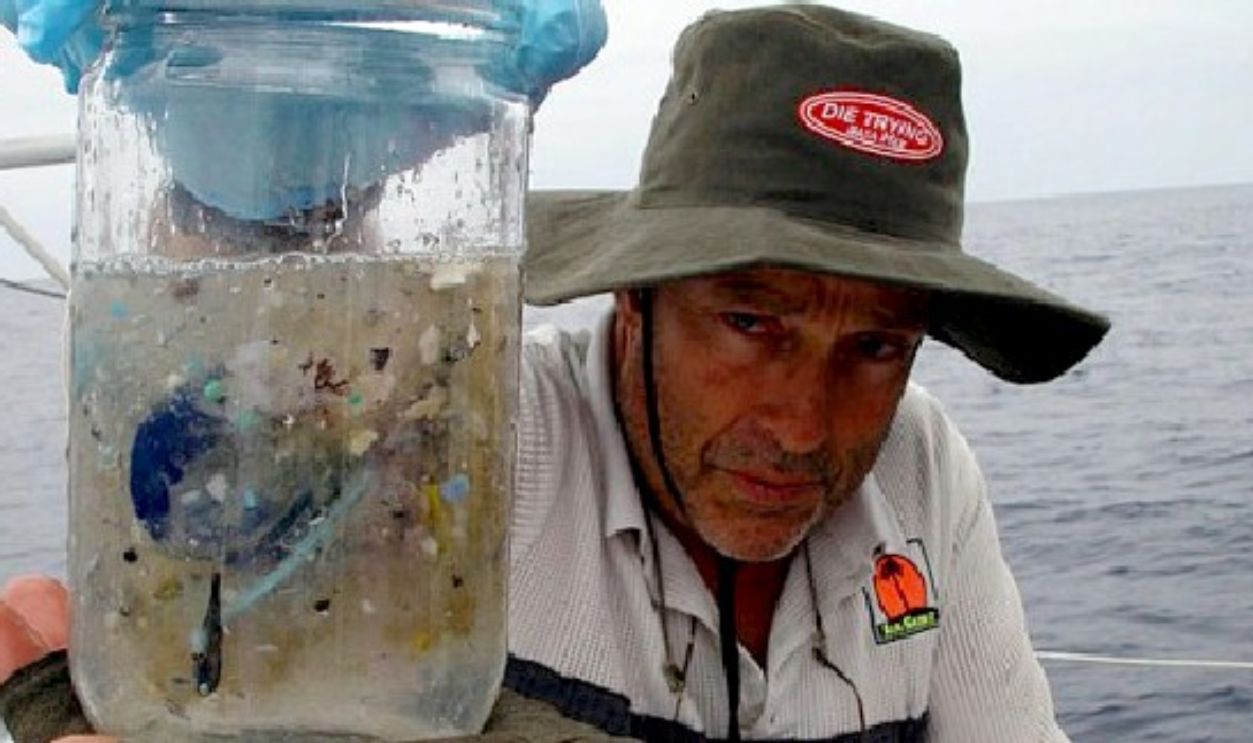
An Ocean Of Trash (Yes, It's Real)
A swirling plastic monster is out there called the Great Pacific Garbage Patch. It's bigger than Texas, and that's not a joke, nor is it an exaggeration. Floating in international waters means everyone made a mess, but no one wants to clean it up.
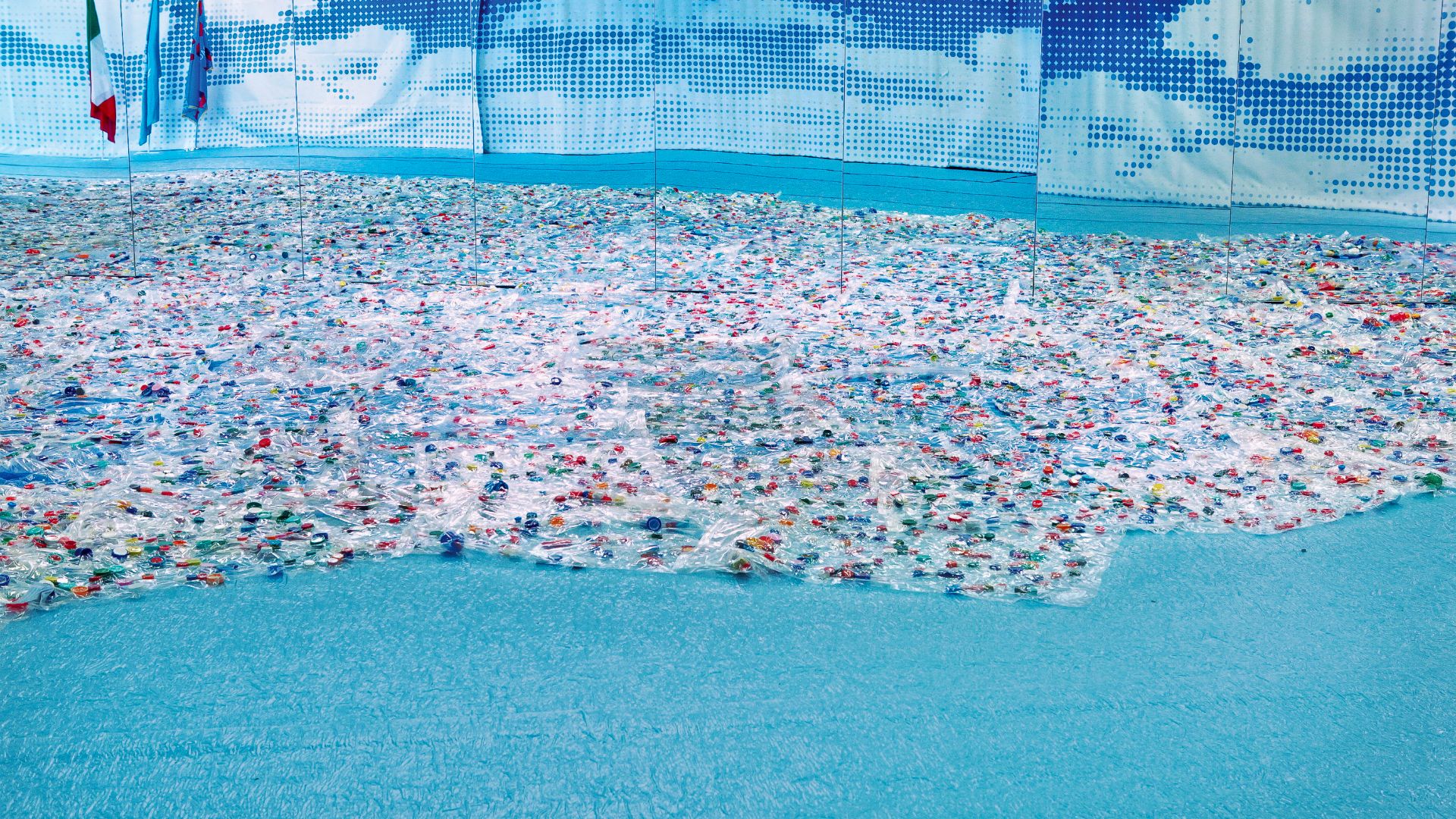 Cosimosal.b, Wikimedia Commons
Cosimosal.b, Wikimedia Commons
Spinning Currents = Trash Whirlpool
Ocean gyres sound cool until you realize they work like a giant spin cycle for floating garbage. The Pacific has one that collects trash from all over and turns it into a plastic soup. It’s like the ocean doing laundry but never hitting “rinse”.
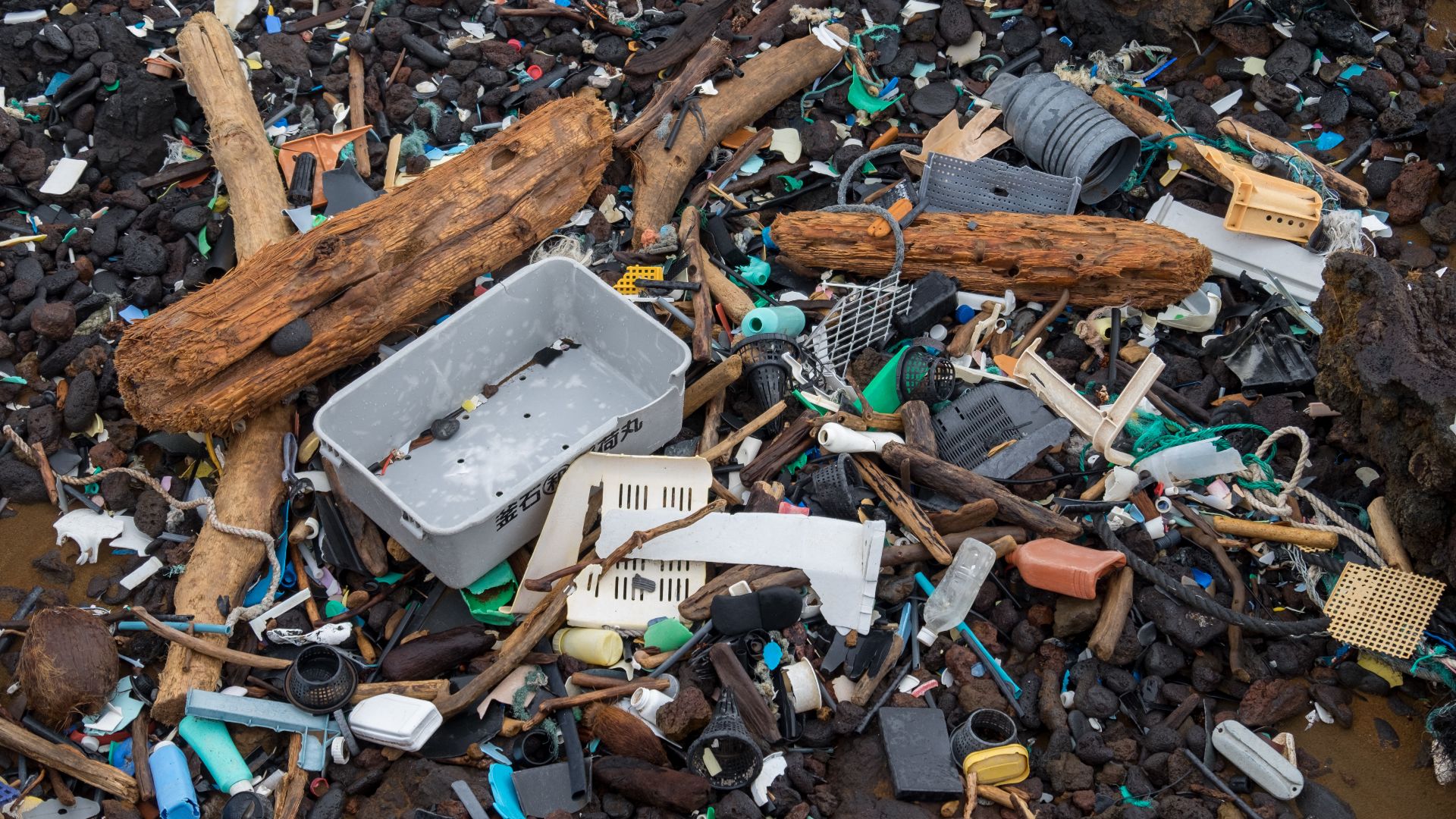 Justin Dolske from Cupertino, USA, Wikimedia Commons
Justin Dolske from Cupertino, USA, Wikimedia Commons
How Does Our Trash Even Get There?
It's not like we throw garbage directly into the ocean. (Well... sometimes we do.) But most of it travels from land through rivers, drains, and wind—like a lazy road trip with a super gross destination. Spoiler: it never goes back.
 Are We Witnessing the End of the Pacific Garbage Patch? by Peak Luxury
Are We Witnessing the End of the Pacific Garbage Patch? by Peak Luxury
The Trash Patch Is Growing
A 2018 study by Lebreton and colleagues found plastic levels in the patch surged between 2009 and 2016. Trends suggest growth continues, with daily input from rivers and waste, though updated data is needed to confirm the rate and scale of that expansion. But that doesn’t mean no one’s suffering.
Whale, This Is A Problem
According to Oceana, up to 100,000 marine animals suffer the same fate each year—dying as a result of exposure to the pollution. Somewhere beneath the surface, a whale moves through the deep, mouth wide as it filters for krill. But instead of food, it swallows a plastic bag.
Turtles Can't Tell Plastic From Jelly
Plus, it’s harming the turtles. They aren't dumb; they're just outmatched by a plastic bag that wiggles like a jellyfish. They gobble it up, thinking it's lunch, but spoiler: it's not. Once in their gut, it can cause internal blockages that kill them.
 Are We Witnessing the End of the Pacific Garbage Patch? by Peak Luxury
Are We Witnessing the End of the Pacific Garbage Patch? by Peak Luxury
Birds Aren't Plastic Experts Either
Near the surface, a plastic bottle cap shimmers like food in the sun. A bird spots it, swoops down, and snatches it up. At the nest, the chick gulps it down, mistaking it for a treat. And that glinting lure is another deadly bite of plastic.
Our Plastic Addiction Is Real
It starts with a quick choice—something used once and tossed without a second thought. But plastic doesn't disappear. Over time, it breaks into tiny pieces called microplastics, which slip into the ocean and float through the air we breathe. What we see as disposable lingers far longer than we expect.
 Are We Witnessing the End of the Pacific Garbage Patch? by Peak Luxury
Are We Witnessing the End of the Pacific Garbage Patch? by Peak Luxury
Microplastics Are Everywhere
From there, they spread. Microplastics seep into sea salt and ride air currents across continents. Instead of forming a single island of waste, these fragments swirl below the surface in a haze too fine to spot and show up where it's least expected.
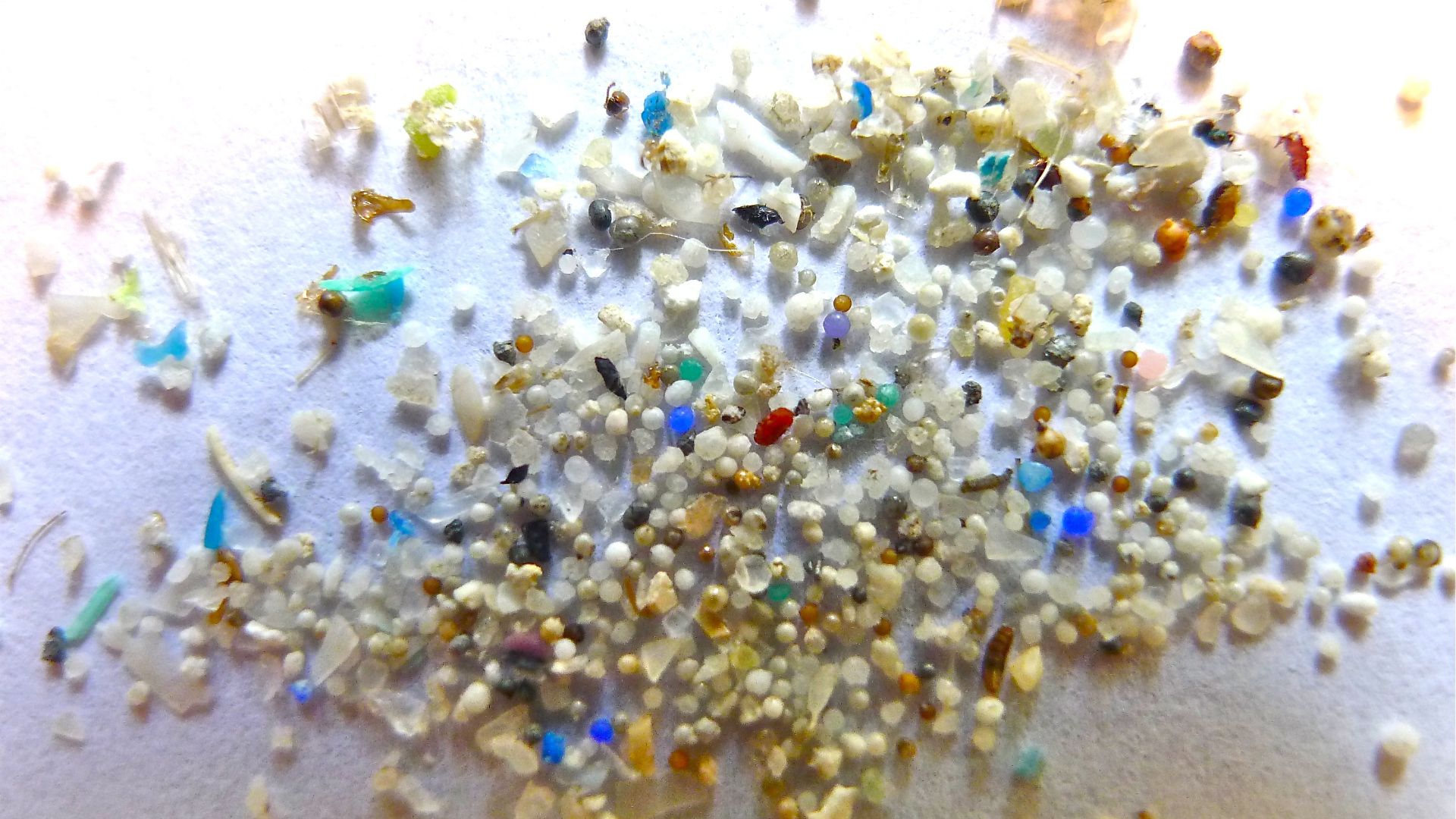 Oregon State University, Wikimedia Commons
Oregon State University, Wikimedia Commons
Microplastics Are Everywhere (Cont.)
They drift invisibly by traveling far and wide until they find their way into wildlife, drinking water, and even the food on our plates. We made plastic to serve convenience, but now it's part of the systems that sustain us—including in human bodies.
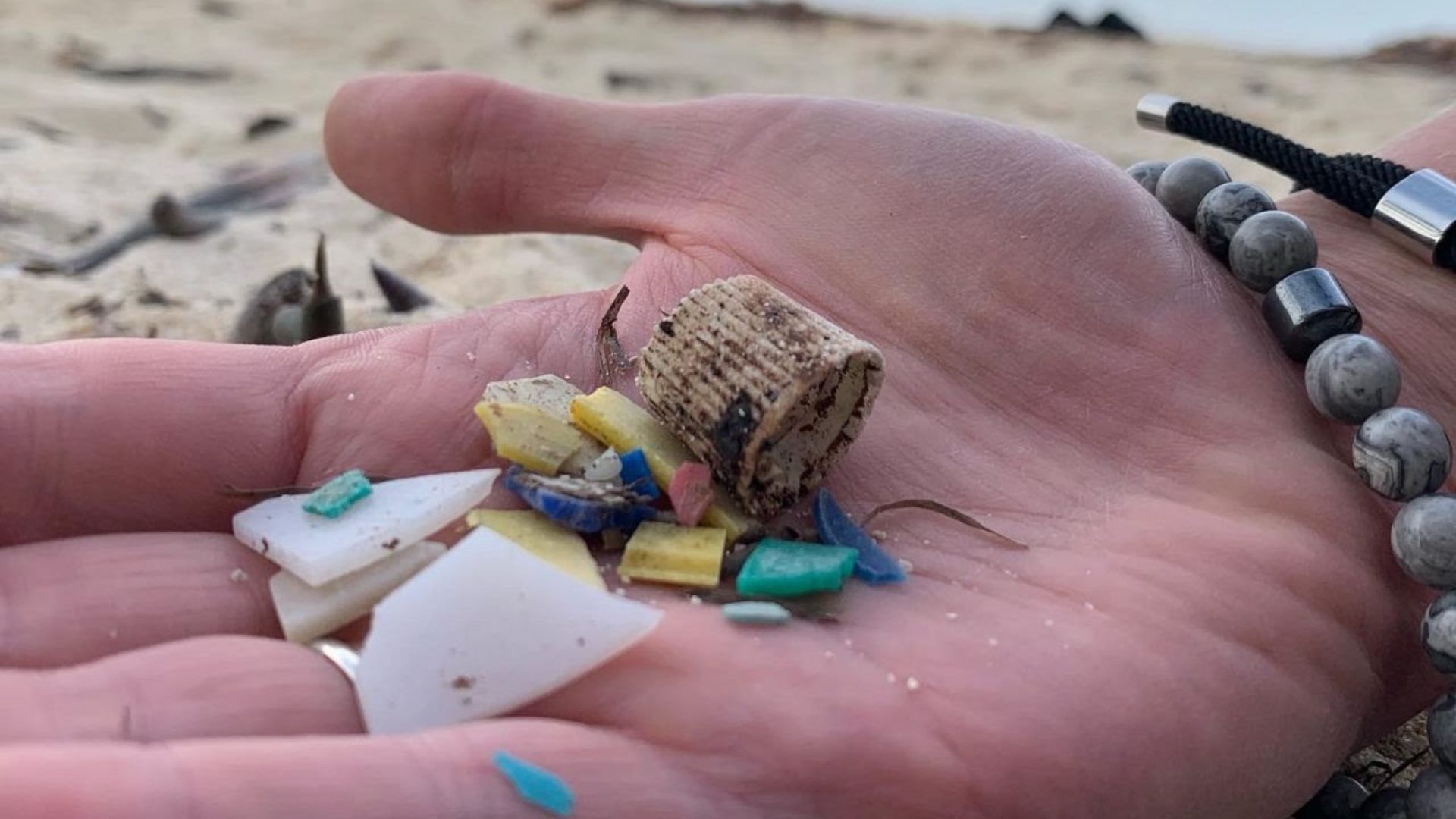 OceanBlueProject, Wikimedia Commons
OceanBlueProject, Wikimedia Commons
When Rubber Ducks Went Rogue
In 1992, a shipping crate spilled thousands of bath toys into the ocean. They bobbed across the globe, teaching scientists about ocean currents. A fun little mishap? Maybe. But it also proves plastic keeps wandering. They're still washing up today.
Ghost Nets Haunt The Deep
Lost gear from fishing boats is yet another issue. Some of it breaks loose and drifts into the open sea. Carried by the current, an old net glides silently beneath the surface. Fish, turtles, dolphins—anything in its way—gets caught. If no help comes, the net keeps drifting and trapping life.
No Dumping (But They Still Do)
Dumping trash in the ocean is illegal, but that doesn't stop some ships from secretly doing it anyway. Far from land, where no one's watching, garbage gets tossed overboard. Currents carry it back as a not-so-friendly reminder of the mess we make.
Trash Travels Farther Than You Do
Even in a bin, trash doesn't always stay put. Wind or landfill mishaps can send it on a journey. And before you know it, that plastic wrapper could be bobbing across the Pacific Ocean, taking an unplanned and unwelcome ocean adventure.
So… Who's Cleaning This Mess?
The Great Pacific Garbage Patch floats in international waters, a region claimed by no one yet burdening us all. As it drifts, so does the debate: who should pay? While nations argue and stall, the trash piles on, growing quietly in plain sight.
 Are We Witnessing the End of the Pacific Garbage Patch? by Peak Luxury
Are We Witnessing the End of the Pacific Garbage Patch? by Peak Luxury
So… Who's Cleaning This Mess? (Cont.)
Everyone discusses fixing it. Nonprofits and tech startups are stepping in to scoop out trash where they can, but cleaning a plastic-filled ocean is like trying to mop up a flood with a paper towel. Cleaning the ocean sounds like science fiction, doesn’t it?
Big Mess = Big Ideas
But genuine efforts are making waves. Engineers are rolling out floating barriers and high-tech cleanup tools. The challenge is massive, but so is human ingenuity. Bit by bit, people are proving the ocean's plastic problem isn't permanent.
 Are We Witnessing the End of the Pacific Garbage Patch? by Peak Luxury
Are We Witnessing the End of the Pacific Garbage Patch? by Peak Luxury
Big Mess = Big Ideas (Cont.)
Why rely on human hands when robots can dive in? Autonomous drones and sea-cleaning bots are learning to scan, scoop, and swallow plastic waste. It's early tech but very promising, like that beloved Pixar robot, but with an actual job.
 Are We Witnessing the End of the Pacific Garbage Patch? by Peak Luxury
Are We Witnessing the End of the Pacific Garbage Patch? by Peak Luxury
Beaches Are Front Lines
The shore is where we can stop plastic in its tracks. Once it washes up, it's far easier to remove before the tide carries it back. That's why beach cleanups matter; they keep trash out of the ocean and leave you with a pristine view.
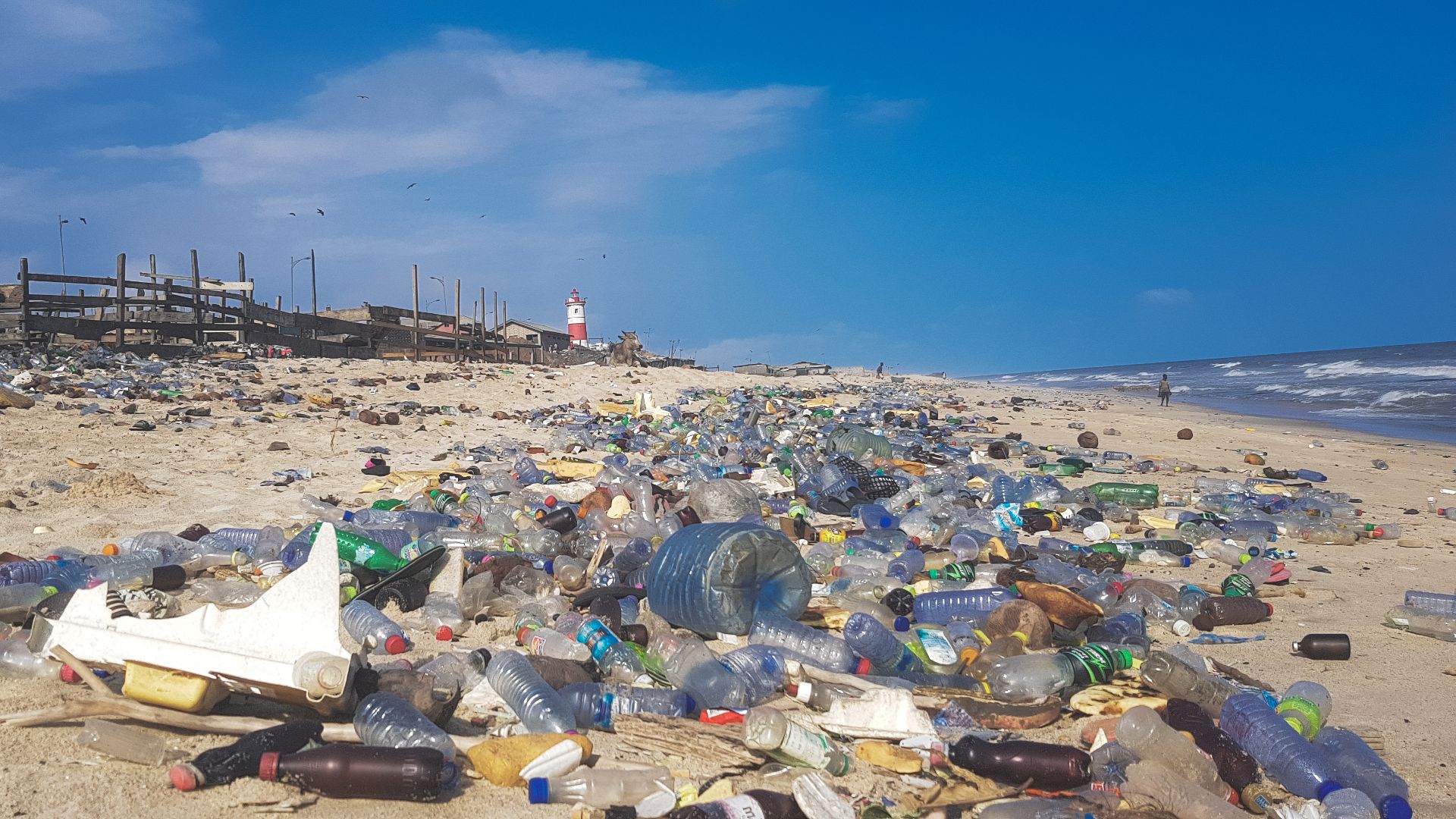 Muntaka Chasant, Wikimedia Commons
Muntaka Chasant, Wikimedia Commons
The Cost Of Doing Nothing
Ignoring plastic pollution is an economic disaster. Studies show marine plastic costs the global economy billions in damage to fisheries and cleanup efforts. Yet, the garbage patch keeps growing, and without strict regulatory policies, the financial toll rises alongside it.
The Cost Of Doing Nothing (Cont.)
According to a 2016 projection cited by Canadian Geographic, plastic weight could have exceeded fish in the ocean by 2050 without action. Thanks to the above-mentioned global bans and cleanup efforts, that future isn’t locked in—but if most stay idle, it could still become a reality.
 PLASTIC ATLAS | Appenzeller/Hecher/Sack, CC BY 4.0, Wikimedia Commons
PLASTIC ATLAS | Appenzeller/Hecher/Sack, CC BY 4.0, Wikimedia Commons
The Cost Of Doing Nothing (Cont.)
It begins quietly—someone skips a straw, reuses a jar, only to make one slight shift. Alone, it feels like a drop in the tide. But as these choices ripple outward, they grow. The ocean’s future won’t hinge on one hero but on many hands making steady, conscious change.
Small Wins, Big Impact
Cities are cracking down, some banning plastic straws, others charging for bags. These are small steps, sure, but they stack up. Change won't happen overnight, but each rule nudges us closer to a cleaner world. It's not perfect, but hey, progress is progress.
The Ocean's Waiting On Us
The ocean won't heal itself, but we can decide its fate. Reducing waste, rethinking our use of plastics, and investing in cleanup technology are survival strategies. The choice isn't if we act but how quickly. A cleaner future starts now. What's your move?

